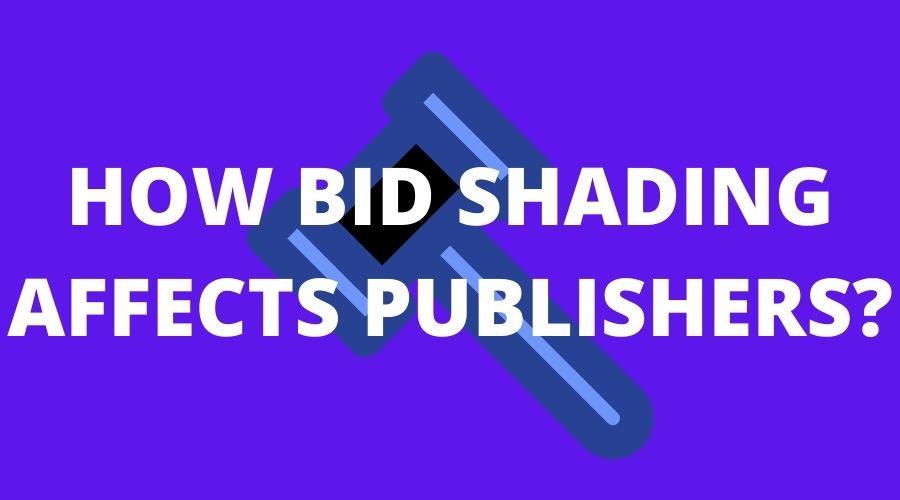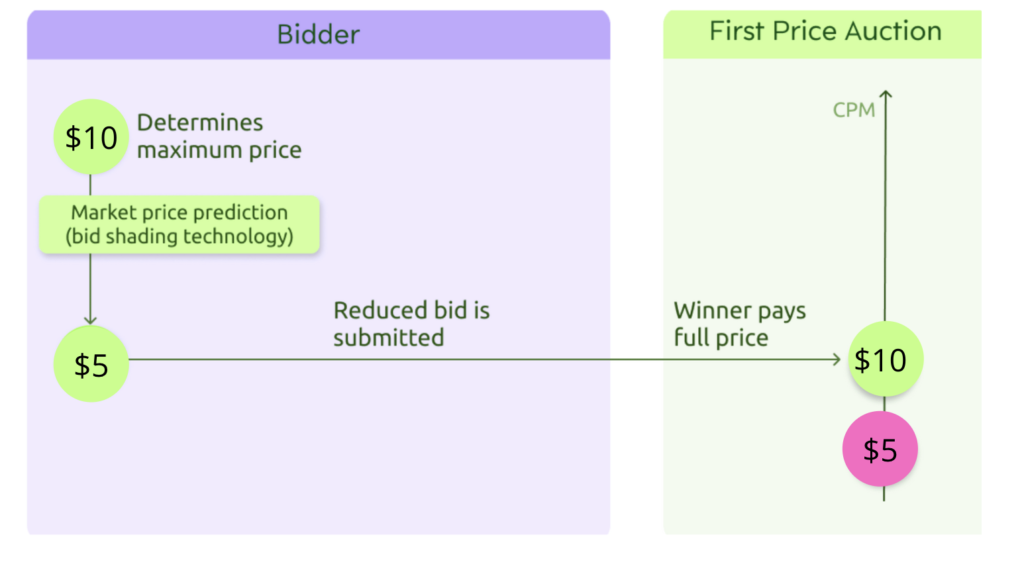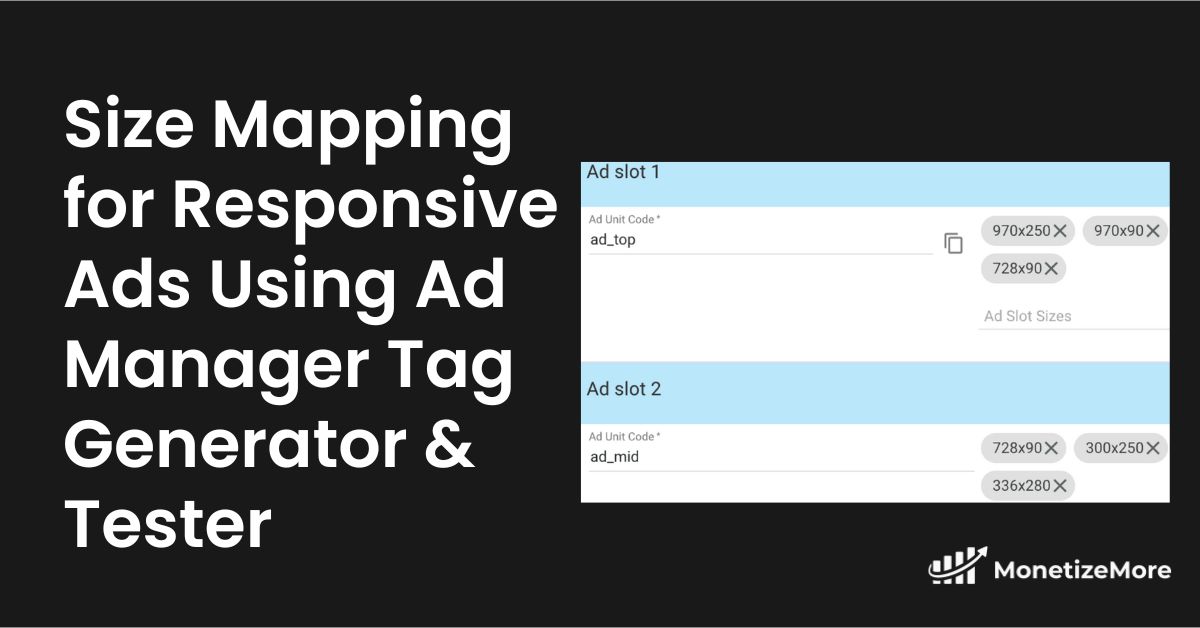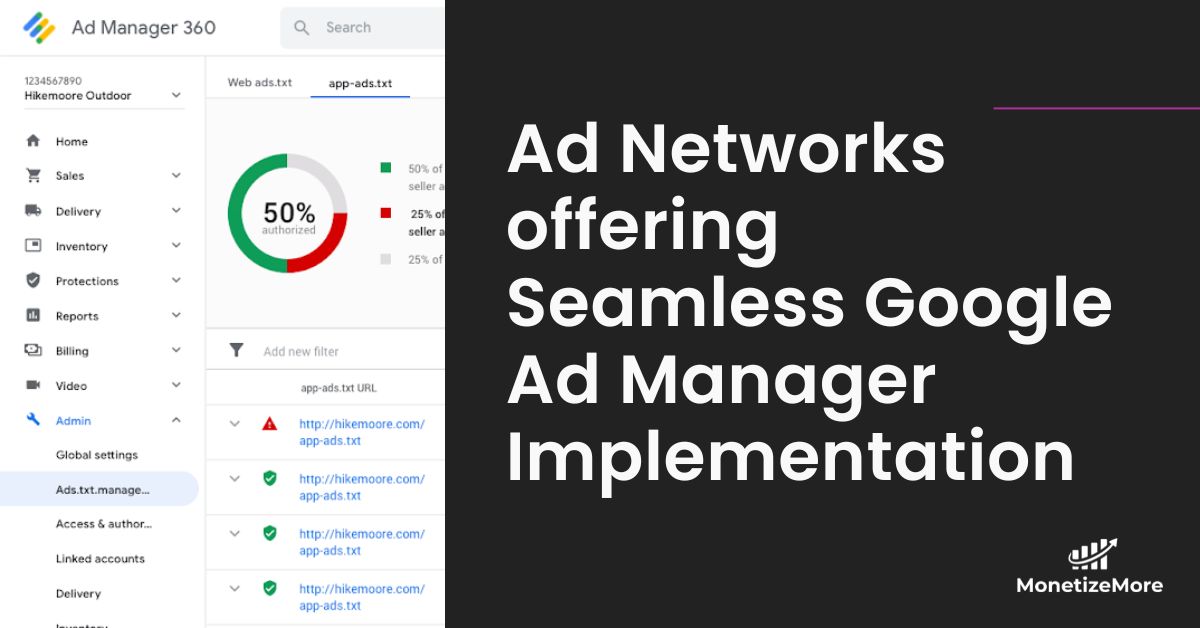
This post was most recently updated on March 15th, 2024
Do you know what bid shading is? If not, don’t feel bad—it’s a pretty complicated topic. But it’s important for publishers to understand, so we’re going to break it down for you.
Bid shading is when ad networks (or other buyers) temporarily lower their bids on publisher inventory to get a better deal for the ad space or to win the auction outright. And that can have some major consequences for publishers.
In this post, we’ll explain what bid shading is, how it affects publishers, and what they can do about it. Stay tuned!
Bid shading is the predictive algorithm used by demand-side platforms to pick the best price to bid for impressions in first-price auctions. In simple terms, bid shading is a way to curb price surges that occur due to the shift from a second-price auction to a first-price auction.
In the long run, it benefits both publishers and advertisers. So, when bid-shading SSPs jump from a second-price auction to the first-price auction, the media buyer bidding the highest price for premium inventory pays the same as just a cent more than the second-highest bid.

Fig: In the first-price auction model, the media buyer pays $10 for that impression.
As it directly impacts the return on ad spend, buyers generally prefer not to overpay for impressions. Demand-side platforms usually analyze metrics like ad unit size, ad exchange, historical yield, competitive dynamics, etc to set the winning bid in a way that media buyers don’t pay too much. The ideal bid price would be high enough to beat other bids but range between the first and second-highest bidder.
The bid shading process in programmatic advertising varies depending on the AdTech vendor, however, finding a bid price that falls between the first-price and second-highest bid.
Method 1: Take the median between the highest and second-highest price. This method is not very efficient when it comes to estimating the best value for the bid.
Method 2: Check out the historical yield data such as win rates, ad unit size, bidding history, high click-through rates, etc. Once you’re done analyzing, pick the ideal bid based on the estimated value of these impressions.
Few AdTech companies offer bid shading as an addon along with their services, while others take a cut. Bid shading does help buyers save around 20% in gross reductions, so advertisers are benefiting from it.
Accordingly, first-price style auctions enable publishers to receive higher bid price rates from buyers. Earlier, publishers were even getting overpaid since buyers had no idea how to optimize their bids for first-price auctions before bid shading.
The latest change in the bid shading model led to publishers’ CPMs dropping by 20%, but with the right tools, publishers can thrive in holistic yield management, retain floor price control, and sell their remnant inventory for decent prices.
Publishers can use the following tactics:
The concept of bid shading is not entirely new, as DSPs and SSPs have long used historical bid data and auction dynamics to level up their products.
Generally speaking, some aren’t just offering ‘bid shading’ like Google Ad Manager. Some AdTech companies don’t just offer bid shading but come up with more advanced algorithms enabling them to calculate bids based on extremely high click-through rates from the impression & the buyer’s CPA goals.
To avoid overspending and generating the appropriate bids, those who cannot afford to create their own bid shading technology must rely on DSPs. As sell-side publishers do not have any influence on bid shading, they need not take any action. Bid shading will still be relevant in the coming years as the programmatic industry transitions completely to first-price auctions.
In the effort to create a fair playing field that makes bidding more transparent, switching to first-price auctions is just one piece of the transparency puzzle.
Header bidding and bid shading are two technologies that can help publishers win premium inventory at a lower cost. As publishers, it’s important that you understand the dynamics of both first-price and second-price auctions in order to make the most money possible from your inventory.
MonetizeMore has been a leader in ad optimization for over 10 years, and our Intelligent Price Floor Solution is designed to protect your CPMs in a world of increasing header bidding competition.
Bid shading is widely available across the programmatic landscape. Most major DSPs (Demand-Side Platforms), SSPs (Supply-Side Platforms), and ad exchanges offer some form of bid shading functionality. Key players include DSPs like Google DV360, The Trade Desk, Google Ad Manager, etc. Some buyers prefer using a DSPs bid shading tool over an exchange's. This is because SSPs are incentivized to ensure you win through their exchange, whereas a DSP can provide a broader evaluation of the opportunity.
To overcome the lack of transparency during the bidding process and ensure that buyers are not overpaying for ad impressions, prioritize selecting a solution that addresses this issue effectively. Conducting a thorough analysis of the technologies involved is imperative to identify the solutions that provide the highest value and transparency. By scrutinizing these technologies in detail, buyers can make informed decisions and mitigate the impact of opacity during the bidding process.
The majority of DSPs and ad exchanges include bid shading as a free feature within their core platform. They want to help you be as efficient as possible to keep you using their service. Some platforms may offer more advanced or customized bid shading tools at an additional cost. These premium tools might use more machine learning algorithms or offer greater flexibility. A less common model is performance-based fees. The Trade Desk's KOA tool is one example – you pay a percentage of the money saved using their bid shading service.

With over seven years at the forefront of programmatic advertising, Aleesha is a renowned Ad-Tech expert, blending innovative strategies with cutting-edge technology. Her insights have reshaped programmatic advertising, leading to groundbreaking campaigns and 10X ROI increases for publishers and global brands. She believes in setting new standards in dynamic ad targeting and optimization.



10X your ad revenue with our award-winning solutions.